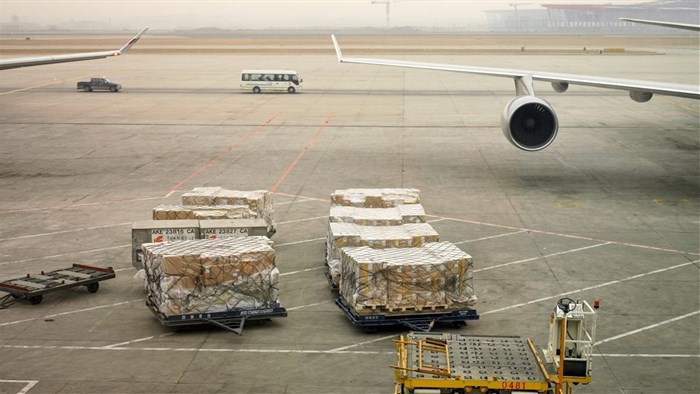
Related
Top stories




Overall capacity remained constrained at 10.8% below pre-Covid-19 levels due to the ongoing grounding of passenger aircraft. Belly capacity was down 38.9% on June 2019 levels, partially offset by a 29.7% increase in dedicated freighter capacity.
According to IATA's data, underlying economic conditions and favourable supply chain dynamics remain highly supportive for air cargo:
• The US inventory to sales ratio is at a record low. This means that businesses have to quickly refill their stocks, and typically use air cargo to do so.
• The Purchasing Managers Indices (PMIs) – leading indicators of air cargo demand – show that business confidence, manufacturing output and new export orders are growing at a rapid pace in most economies. Concerns of a significant consumer shift from goods to services have not materialised.
• The cost-competitiveness and reliability of air cargo relative to that of container shipping has improved. The average price of air cargo relative to shipping has reduced considerably and scheduling reliability of ocean carriers has dropped. In May it was around 40% compared to 70-80% prior to the crisis.
"Air cargo is doing brisk business as the global economy continues its recovery from the Covid-19 crisis. With first-half demand 8% above pre-crisis levels, air cargo is a revenue lifeline for many airlines as they struggle with border closures that continue to devastate the international passenger business. Importantly, the strong first-half performance looks set to continue," said Willie Walsh, IATA’s director-general.
Asia-Pacific airlines saw demand for international air cargo increase by 3.8% in June 2021 compared to the same month in 2019. International capacity remained constrained in the region, down 19.8% versus June 2019. Even though demand remains high, the region faces moderate headwinds from the lack of international capacity and manufacturing PMIs that are not as strong as in Europe and the US.
North American carriers posted a 23.4% increase in international demand in June 2021 compared to June 2019. Underlying economic conditions and favourable supply chain dynamics remain supportive for air cargo carriers in North America. International capacity decreased by 2.1% compared with June 2019.
European carriers posted a 6.6% increase in international demand in June 2021 compared to the same month in 2019. International capacity decreased by 16.2% in June 2021 versus June 2019. Manufacturing PMIs are very strong in Europe indicating that market dynamics remain supportive for air cargo carriers in Europe.
Middle Eastern carriers posted a 17.1% rise in international cargo volumes in June 2021 versus June 2019, boosted by strong performances on the Middle East to Asia and Middle East to North America trade routes. International capacity in June was down 9% compared to the same month in 2019.
Latin American carriers reported a decline of 22.9% in international cargo volumes in June compared to the 2019 period. This was the worst performance of all regions and a weakening of performance compared to the previous month. International capacity decreased 28.4% in June 2021 compared to June 2019. This weak performance is mostly due to local airlines losing market share to carriers from other regions.
African airlines’ international cargo demand in June increased by 33.5% compared to the same month in 2019. This was the strongest performance of all regions, but notably on small volumes (African carriers carry 2% of global cargo). International capacity in June decreased by 4.9% compared to the same month in 2019.